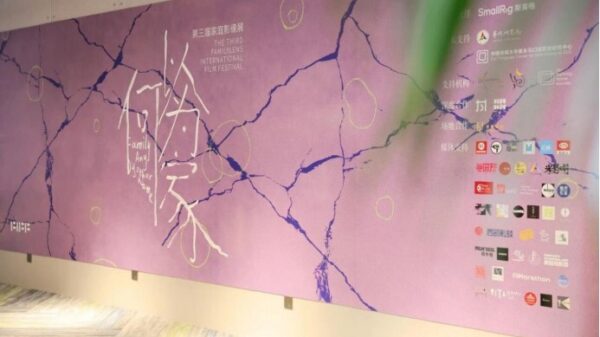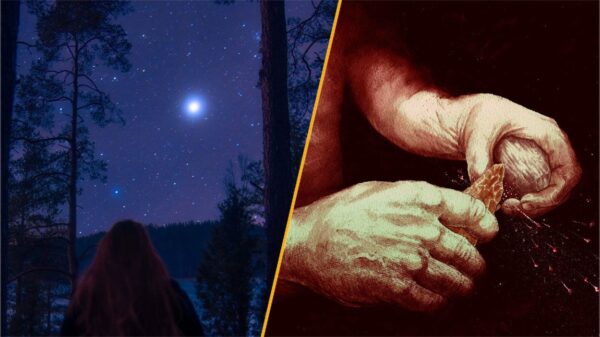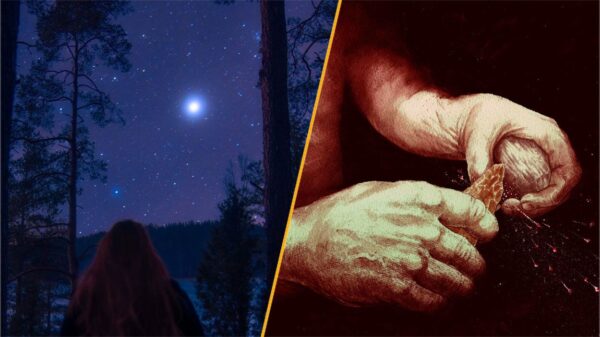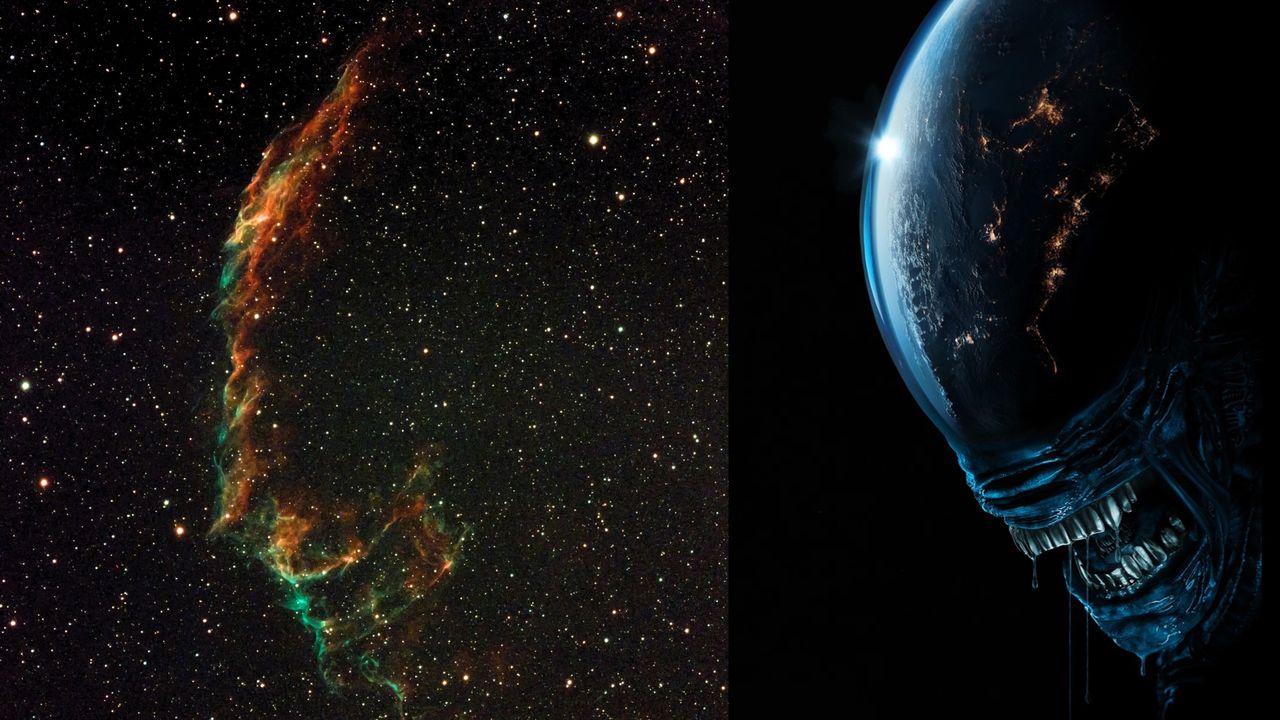An amateur astronomer recently aimed a smart telescope at the Veil Nebula and was met with an unexpected sight resembling a Xenomorph, the iconic alien creature from the “Alien” franchise. Using the Vaonis Vespera Pro telescope, the observer conducted imaging sessions on August 8 and August 12, 2023, accumulating approximately 1.5 hours of observation time. The resulting image, a stacked JPEG, showcases delicate gas tendrils that strikingly evoke the franchise’s menacing extraterrestrial figure.
The Science Behind the Veil Nebula
Located about 2,400 light-years away in the constellation Cygnus, the Veil Nebula is part of the expansive Cygnus Loop, a supernova remnant formed from the explosion of a star approximately 10,000 years ago. According to NASA, this star had a mass around 20 times that of our sun. The eastern section of the nebula, cataloged as NGC 6992, emits a vibrant glow due to ionized oxygen and hydrogen, creating sweeping arcs of stellar debris that continue to expand long after the star’s demise.
During the imaging process, a dual-band filter was employed to reduce light pollution and mitigate the effects of the full moon. This technique accentuated the emissions from the nebula, revealing intricate threads and knots of gas set against the backdrop of distant stars.
Pop Culture Connection
The resemblance of the Veil Nebula to a Xenomorph has generated excitement, particularly with the recent launch of the new series “Alien: Earth,” created by Noah Hawley. The series blends corporate dystopia with horror, and its eight-episode premiere took place on August 12 on FX and Hulu in the United States, with availability on Disney+ in the United Kingdom and Europe starting August 13. The simultaneous release heightens the intrigue surrounding both the nebula and the franchise.
For those interested in observing the Veil Nebula, a telescope with at least a 4-inch (100mm) aperture is recommended, along with a nebula filter, such as an O III filter, to enhance visibility. Astrophotographers are advised to use small refractors and short focal lengths—ranging from 200 to 500mm—to capture the entire nebula. Long exposure times and stacked images are essential for revealing the nebula’s intricate structure.
Despite capturing this unexpected likeness in a suburban area classified as Bortle 7, which is less than ideal for observing faint deep-sky objects, the amateur astronomer successfully recorded the Veil Nebula. The Bortle scale, a nine-level system used by astronomers to describe sky brightness, ranges from Class 1 (dark-sky sites) to Class 9 (bright urban skies).
The Veil Nebula remains a captivating target for astronomers and enthusiasts alike, even when it appears to don the visage of a sci-fi horror. Observers continue to marvel at the nebula’s beauty and mystery, proving that the cosmos can surprise in the most unexpected ways.






































































